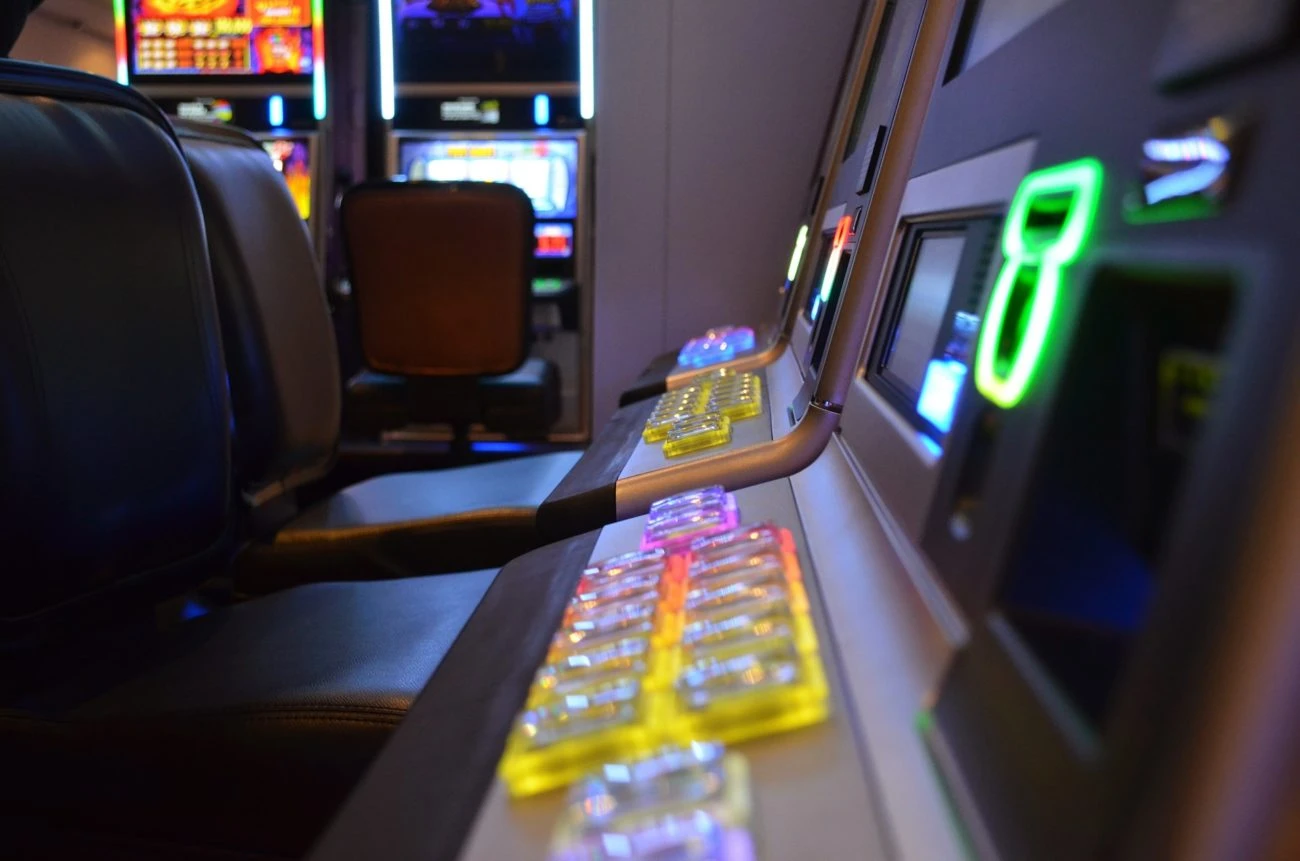“Risky” gambling continues to decline at Svenska Spel

In March, the operator said that there had been no rise in this behaviour in the first quarter despite increased financial woes in the country.
This trend, Svenska Spel said, continued in the following two months, with risky behaviour levels lower than during the same period last year.
Key figures noted by the operator included a decline in risky gambling at its online casino sites. Risky behaviour was also lower on slot machines at its Vegas and Casino Cosmopol venues.
In addition, Svenska Spel said risky gambling levels remained “extremely low” across its Turspel business, which includes Triss, Lotto, Keno and Eurojackpot.
Svenska Spel’s head of sustainability, Kajsa Nylander, said while this was good news, efforts to combat risky gambling behaviour must continue.
“As with all statistics, it is difficult to make interpretations before a long period of time has passed,” Nylander said. “Until then, it’s more about snapshots. But what we can ascertain is that risk gambling at Svenska Spel has not increased, but on the contrary shows a certain decrease.
“We would like to emphasise it is not possible to draw conclusions about Sweden’s overall risk gambling based solely on how they play at Svenska Spel. We can only report how our customers behave when they play with us, right now.
“We continue to closely monitor our customers’ gambling, while continuously measuring the effects of our measures. We will return here on the blog with more insights and results in the future.”
Combative measures
Nylander said one of the main reasons for this decline was the implementation of stronger gambling responsibility measures.
These include a mandatory income review for customers aged 18 or 19 who want to impose a gambling limit of over SEK1,000 (£73/€85/$93) each month. This also applied to other customers who want to impose a gambling limit of over SEK100,000 per month.
The operator also implemented a mandatory 10-minute break for players using its Vegas slot machines. In addition, it introduced a rebranded version of gambling harm prevention tool Min Spelkoll.
“Several independent studies have evaluated the effect of Svenska Spel’s measures and concluded that they make a difference,” Nylander said.
“In an early analysis, we can see that it is relatively common for customers who are in the risk zone to change their gambling behaviour in time. Our gambling monitoring tools and care talks help them break negative patterns.”
Swedish channelisation “critically low”
Last week, Sweden’s Online Gaming Industry Association (BOS) raised concerns about the percentage of the country’s online gaming market that is channelised.
A report by BOS found this level was 77%, a figure it described as being “critically low”.
While 77% of participants said they knew the website was licensed, 11% said they knew the site they had bet with was not licensed. In addition, 12% said they did not know if the site had a licence.
The survey also revealed lotteries have the highest channelisation rate, at 91%. Both online casino and poker have channelisation rates of 72%.
Betting on harness racing has an 89% channelisation rate, while sports betting sits at 84%.
